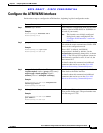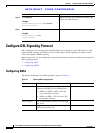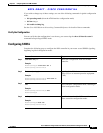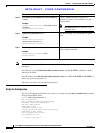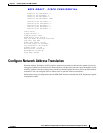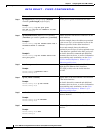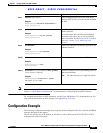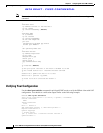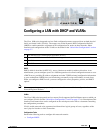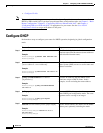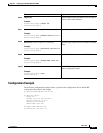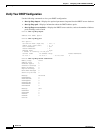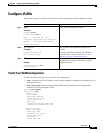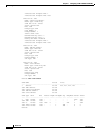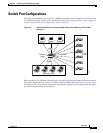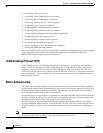
CHAPTER
5-1
Book Title
OL-xxxxx-xx
5
Configuring a LAN with DHCP and VLANs
The Cisco 1800 series integrated services fixed-configuration routers support clients on both physical
LANs and virtual LANs (VLANs). The routers can use the Dynamic Host Configuration Protocol
(DHCP) to enable automatic assignment of IP configurations for nodes on these networks. Other
interfaces and configurations of the VLANs are described in the “Switch Port Configurations” section
on page 5-7.
DHCP
DHCP, which is described in RFC 2131, uses a client/server model for address allocation. As an
administrator, you can configure your Cisco 1800 integrated services fixed-configuration router to act as
a DHCP server, providing IP address assignment and other TCP/IP-oriented configuration information
to your workstations. DHCP frees you from having to manually assign an IP address to each client.
When you configure a DHCP server, you must configure the server properties, policies, and DHCP
options.
Note Whenever you change server properties, you must reload the server with the configuration data from the
Network Registrar database.
VLANs
The Cisco 1800 series integrated services routers (fixed) support eight Fast Ethernet ports on which you
can configure VLANs. See the “Switch Port Configurations” section on page 5-7 for a description of the
interfaces and features that can be configured on the switch ports and a link to a document containing
the configuration procedures.
VLANs enable networks to be segmented and formed into logical groups of users, regardless of the
user’s physical location or LAN connection.
Configuration Tasks
Perform the following tasks to configure this network scenario:
• Configure DHCP
1 Fast Ethernet LAN (with multiple networked devices)
2 Router and DHCP server—Cisco 1800 series integrated services router—connected to the Internet
3 VLAN 1
4 VLAN 2



